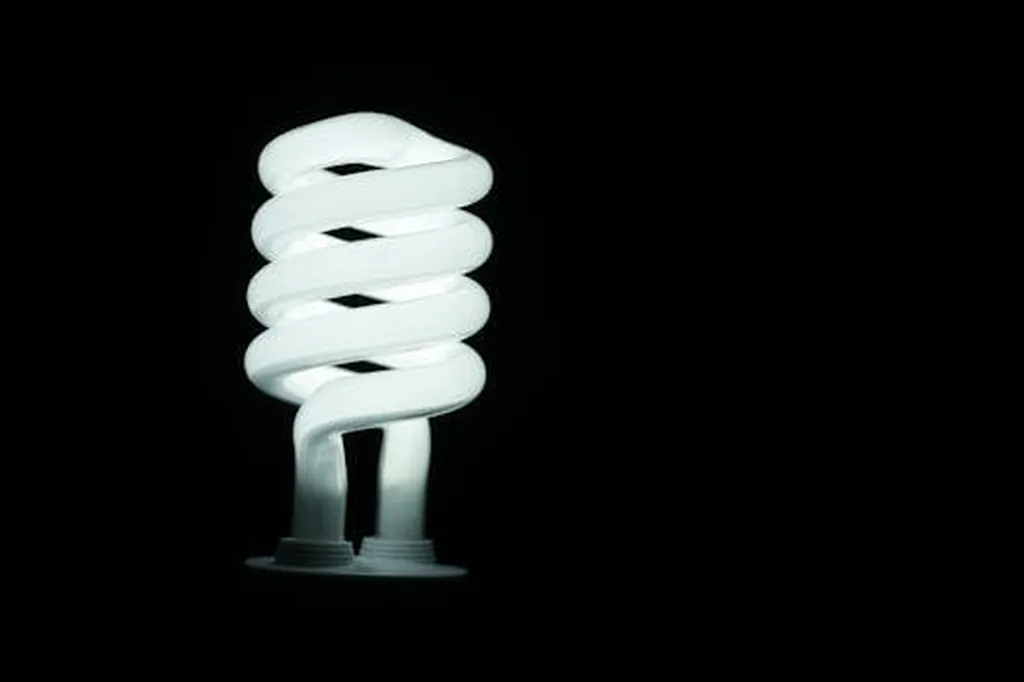In the quest for sustainable construction materials, researchers have turned an unlikely waste product into a promising solution. A recent study published in ‘Sci’ (Science Bulletin) explores the potential of waste glass from fluorescent lamps as a partial replacement for cement in mortar production. This innovative approach not only addresses the growing problem of Waste from Electrical and Electronic Equipment (WEEE) but also paves the way for a more sustainable construction sector.
Raphaele Malheiro, lead author of the study and a researcher at the CTAC—Centre for Territory, Environment and Construction at the University of Minho in Portugal, explains, “We aimed to valorize this waste stream by incorporating it into construction materials. The results have been quite promising, both in terms of mechanical strength and durability.”
The study involved substituting 25% of cement by volume with glass powders derived from fluorescent lamp glass and green bottle glass. The findings revealed that mortars made with clean fluorescent lamp glass exhibited superior mechanical behavior, surpassing the reference material in long-term compressive and flexural strength. “The clean fluorescent lamp mortars showed the most promising mechanical behavior, exceeding the reference in long-term compressive (54.8 MPa) and flexural strength (10.0 MPa),” Malheiro notes.
Beyond mechanical strength, the research also highlighted significant improvements in durability. All glass mortars demonstrated a remarkable reduction in chloride diffusion coefficients (85–89%) and an increase in electrical resistivity (almost 4 times higher). This indicates that the incorporation of waste glass can enhance the longevity of construction materials, a critical factor for the energy sector where durability directly impacts maintenance costs and energy efficiency.
Ecotoxicological performance was another key area of investigation. Leaching tests confirmed that the incorporation of fluorescent lamp waste did not lead to hazardous levels of heavy metals in the cured mortars, suggesting effective encapsulation. This is a crucial finding for the commercial viability of the material, as it ensures that the end product is safe for use in construction projects.
The implications of this research are far-reaching. By addressing both technical and ecotoxic performance, the study contributes to the development of more sustainable building materials. This aligns with the growing trend towards circular economy principles, where waste is minimized, and resources are kept in use for as long as possible.
For the energy sector, the potential to reduce the environmental impact of construction materials while maintaining or even enhancing performance is a significant advancement. As the demand for sustainable and energy-efficient buildings continues to grow, innovative solutions like this could play a pivotal role in shaping the future of construction.
Malheiro’s research underscores the importance of interdisciplinary collaboration and the need for continued investment in sustainable materials research. As she puts it, “This study is just the beginning. There is still much to explore in terms of optimizing the use of waste materials in construction.”
With the publication of this study in ‘Sci’ (Science Bulletin), the scientific community and industry stakeholders now have a compelling case for further exploration and commercialization of waste glass as a supplementary cementitious material. The journey towards a more sustainable future in construction has taken a significant step forward, thanks to the pioneering work of researchers like Raphaele Malheiro and her team.

